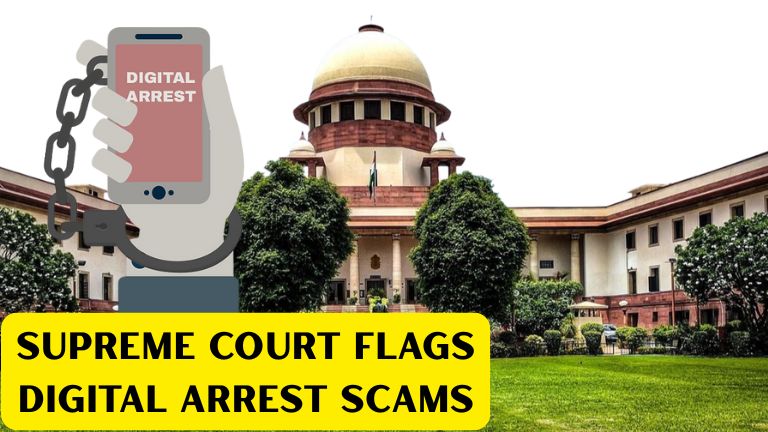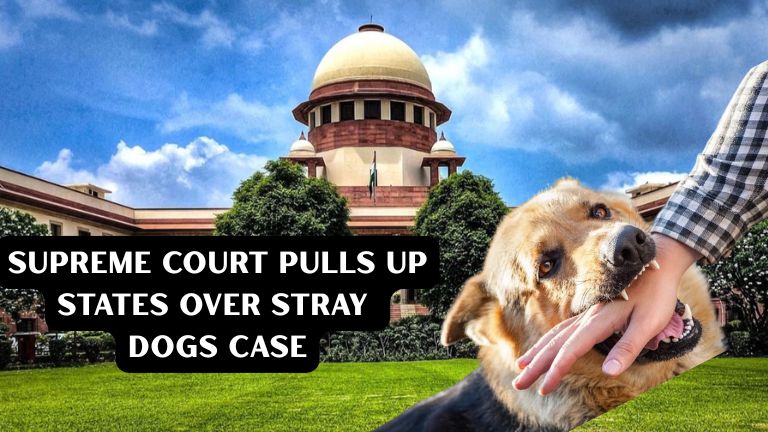K. Kannan, J.@mdashThe following substantial questions of law arise for consideration in the second appeal:-
i) Whether the plaintiffs suit was maintainable in the manner framed seeking for declaration of his entitlement in order to secure partition of the suit
properties without making it as a consequential relief?
ii) Whether the court below did not err in reversing the judgment of the trial Court in finding that the suit was barred by limitation?
The defendants 1 and 3 are the appellants. The plaintiff is the brother of the 1st defendant and the 3rd defendant is the wife of 1st defendant. The
2nd defendant was a transferee from the 1st defendant and the 3rd defendant, who obtained a further transfer from the 2nd defendant exchanged
an item of property with the 4th defendant and, therefore, the 4th defendant also had a stake in the property.
2. The plaintiffs suit was based on a contention that the plaintiff and the 1st defendant being the sons of Kehar Singh were entitled to all the
properties equally and in partition proceedings brought at the instance of the plaintiff on the basis of jamabandi entries of the year 1976-77, the suit
properties of an extent of 20 kanals of land had not been included and that was when the plaintiff came to know that the 1st defendant had
purported to have effected some sales which were not binding on him. The defence was that the brothers had been selling various parcels of land
held by them for the sake of convenience separately and the sales and exchange involving defendants 2 to 4 had been brought between the years
1952 to 1955. The defendant''s contention was that the plaintiff knew about the divestment of the properties from the family through the mutations
of the years 1952 and 1955 and the plaintiff cannot now seek for a declaration of joint entitlement to the properties which had been already lost
before suit instituted in the year 1980. The trial Court accepted the contention and found that the suit itself was not maintainable in the manner
framed and had also held that the suit was barred by limitation. In the appeal filed by the plaintiff in which only the defendants 1 and 3 had been
made as parties, the appellate Court reversed the judgment of the trial Court holding that the frame of the suit was correct and that there was also
no bar of limitation for securing a declaratory right in respect of the suit properties.
3. The defendants 1 and 3 in appeal would contend that the brothers had dealt with the property over a period of time which had been taken
notice of by even the lower appellate Court when the sales had been effected and the mutations also carried out recognizing the right of alienees.
That itself was a notice of sale and exchange and the plaintiff, who had allowed for the alienees to come on possession from the respective years
1952 and 1955 cannot seek for a declaratory right with reference to all those alienations made between the years 1952 and 1955. The suit for
declaration itself was not competent since at the time of partition proceedings, the competent authority had taken note of all the properties that
remained with the family and made a division taking note of the respective alienation made by the brothers. In the order so passed, the plaintiff was
allotted 53 kanals 3 marlas of land, while the 1st defendant had been allotted 42 kanals 7 marlas of land and the 3rd defendant 8 kanals 1 marla,
apart from the allotments made to the alienees as well. The suit property had not been included only because the properties had gone out of the
family from the hands of the brothers and the separation was recognized at the time of consolidation and only the balance of properties were
entered against the names of the plaintiff and the 1st defendant as joint owners. The exclusion of the suit property was only on account of the fact
that they were not any longer available with the family. The counsel would, therefore, contend that the plaintiff cannot reopen transactions that
resulted in the properties being lost to the family more than 20 years earlier. The plaintiff''s title to the property itself must be taken to have been put
in challenge at the time when the mutations had been effected and the plaintiff cannot give an arbitrary date of the partition proceedings as giving
him a cause of action to lay a claim in respect of the suit properties.
4. The lower appellate Court has held that the revenue authorities had alone the exclusive competence to partition the agricultural land and the
jurisdiction of the civil court was barred u/s 158(2)(17) of the Punjab Land Revenue Act. The exception which the law carves out is when the title
to the property was at issue and the plaintiff was, therefore, competent to file a declaratory suit without a suit of partition or possession in the light
of judgment of this Court in Norang Singh v. Hardev Singh and others 1977 PLJ 258.
5. In my view the lower appellate Court was in error in finding that a mere suit for declaration was possible without even an ancillary relief where
the plaintiff was capable of asking for such ancillary relief. Section 34 of the Specific Relief Act reads thus:--
34. Discretion of court as to declaration of status or right-Any person entitled to any legal character, or to any right as to any property, may
institute a suit against any person denying, or interested to deny, his title to such character or right, and the court may in its discretion make therein
a declaration that he is so entitled, and the plaintiff need not in such suit ask for any further relief:
Provided that no court shall make any such declaration where the plaintiff, being able to seek further relief than a mere declaration of title, omits to
do so.
Explanation.-A trustee of property is a ""person interested to deny"" a title adverse to the title of some one who is not in existence, and for whom, if
in existence, he would be a trustee.
6. In this case, the cause of action for the suit itself was that the plaintiff came to know at the partition proceedings that the suit items were excluded
and at that time, he realized that the properties had been sold. It is his inability to secure an allotment of the suit properties that put at issue the total
denial of right to the property and his so-called allotment of a half share to the plaintiff. A circumstance that compelled the plaintiff to seek for a
declaration ought to involve the necessity to apply for a partition or joint possession as well. Instances where partition was effected leaving out
some properties where there had to be adjudication regarding title cannot apply to a situation as obtained in this case where the plaintiff ought to
have known when he was applying for partition on what was available through jamabandi entries. If there had been any exclusion of the suit
properties from the properties held in joint ownership, the plaintiff ought to have given details of all properties that remained as well as properties
respectively sold by him and sought for a partition of an equal share and secure allotment having due regard to the respective sales made by the
brothers. It would be impossible for a court to provide for a declaration without minding the fact that the properties had gone out of the family
more than 2 decades earlier and the declaration cannot be availed to the plaintiff without assessing whether the properties were available with the
family or not. If the plaintiff himself was taking note of the transactions in favour of defendants 2 and 4 as respective alienees and impleaded them in
suit, when the suit was dismissed, he was bound to implead the purchasers as well in the appeal. I find that the appeal has been filed only against
defendants 1 and 3 and the plaintiff has chosen conveniently to leave out defendants 2 and 4.
The omission was deliberate, for, the plaintiff had to answer to contend with the issue of limitation in their presence. By leaving out defendants 2
and 4, the plaintiff was seeking to refer only to his own brothers'' holding as the property that could be held in common with the view to get over
the issue of limitation.
7. The court below was also in error in finding that the brothers had respectively sold the property and it was not necessary for one brother to take
notice of the sate by the other and mere mutation of revenue entry ought not to have been taken seriously by any one of the brothers. This broad
proposition is acceptable in a case where the other brother was not challenging in alienation but seeking for partition by adjustment of removing
properties. In this case, the plaintiffs suit for declaration is not with reference to all the properties of the family. On the other hand, it is only with
reference to those properties which had been alienated and lost to the family by sales and exchange through the 1st defendant and 3rd defendant.
In such an event, the plaintiff cannot secure a declaration in the presence of the purchasers who have obtained their own respective rights as
evidenced through records of the years 1952 and 1955 itself. While revenue entries themselves are not source of title, they surely indicate the time
when the properties stood transferred and left the family. To that extent, they are surely relevant for approaching the issue of limitation that arises in
this case. The suit was also barred by limitation from setting up a plea of declaration in view of the alienations that have been brought about more
than 20 years prior to the institution of the suit. The suit was untenable in the manner framed and the reliefs asked. The suit ought to have been
dismissed. The order of the appellate Court is erroneous and it is bound to be set aside. Accordingly, it is set aside and the second appeal is
allowed with costs. Counsel''s fee Rs. 10,000/-.

